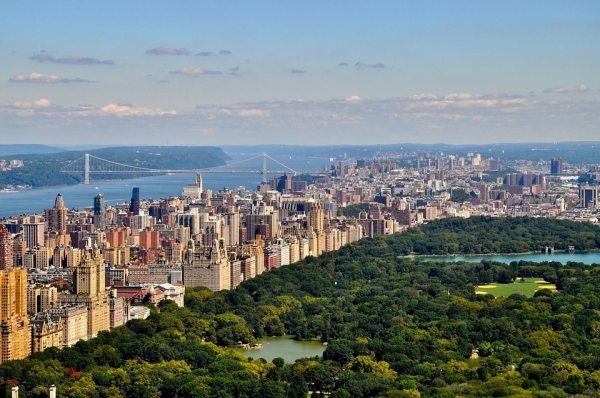As temperatures across the globe reach record-level highs, urban areas are facing increased heat stress. Cities are generally warmer and dryer than adjacent rural land. But in the Global South, there is an additional complicating factor — urban humid heat.
A new study, led by Yale School of the Environment scientists and published in Nature, investigated the combined effect of temperature and humidity on urban heat stress using observational data and an urban climate model calculation. Researchers found that the heat stress burden is dependent on local climate and a humidifying effect can erase the cooling benefits that would come from trees and vegetation.
“A widely held view is that urban residents suffer more heat burden than the general population owing to the urban heat island phenomenon. This view is incomplete because it omits another ubiquitous urban microclimate phenomenon called the urban dry island — that urban land tends to be less humid than the surrounding rural land,” says Xuhui Lee, Sara Shallenberger Brown Professor of Meteorology, who directed the study. “In dry, temperate, and boreal climates, urban residents are actually less heat-stressed than rural residents. But in the humid Global South, the urban heat island is dominant over the urban dry island, resulting in two to six extra dangerous heat stress days per summer.”
Read more at Yale School of the Environment
Photo Credit: dariasophia via Pixabay


